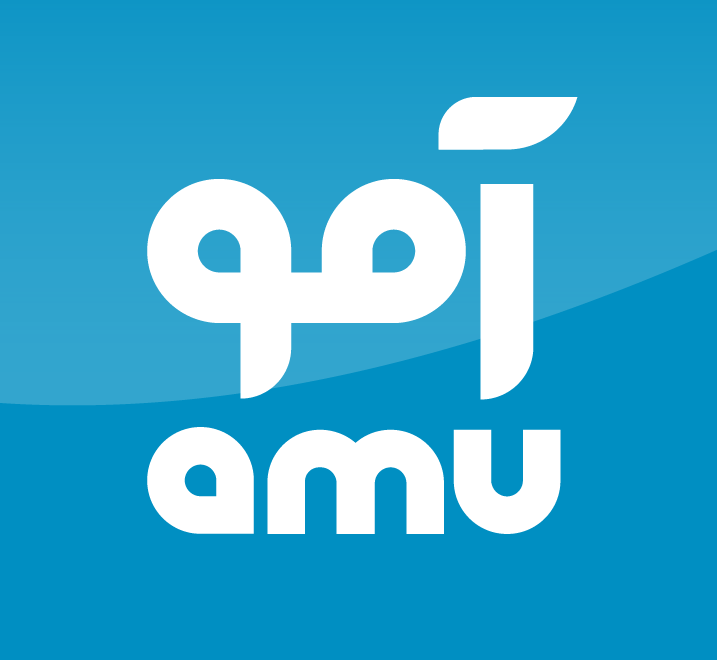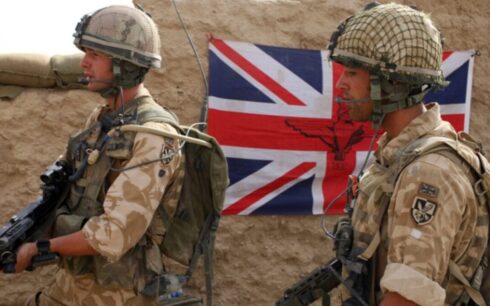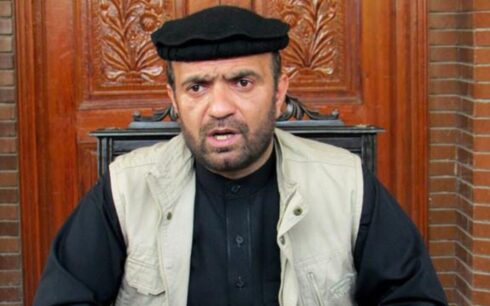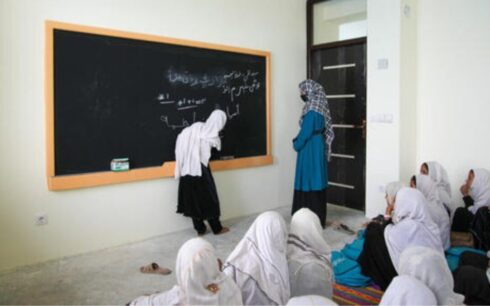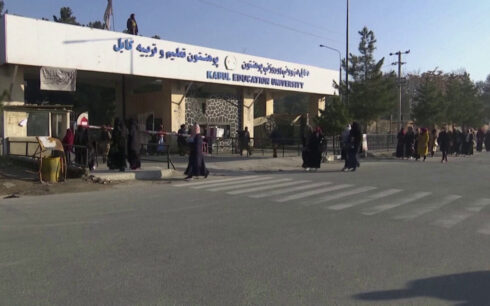MADRID — The U.S. continues to send large amounts of cash to Afghanistan despite concerns that the Taliban may be benefiting from it, John Sopko, the former Special Inspector General for Afghanistan Reconstruction, said Tuesday at the 12th Herat Security Dialogue in Madrid.
Sopko, who oversaw oversight of U.S. spending in Afghanistan, confirmed that American dollars are still being flown into the country regularly, mainly to fund U.N. agencies, humanitarian programs, and NGOs.
“U.S. currency was flying in, and I think it still is, on a weekly basis,” Sopko said. “American cash comes in by the ton.”
Concerns over Taliban control of aid
When asked whether the Taliban are involved in converting the funds into local currency, Sopko acknowledged that the group benefits from the transactions.
“That’s one of the concerns we raised,” he said. “Manipulating the exchange rate is to the benefit of the Taliban. All of the assistance going over is, to some extent, benefiting them, even though it’s meant to help poor people who are starving and struggling with health and housing problems. The Taliban can use that assistance instead of raising taxes or revenues from commerce.”
Since the Taliban seized power in August 2021, the U.S. has allocated approximately $21 billion for Afghan humanitarian aid and refugee assistance, Sopko said.
Of that amount:
$3.7 billion has been designated for humanitarian aid inside Afghanistan.
$4 billion remains in a Swiss-based trust fund, a portion of Afghanistan’s frozen central bank assets.
The remainder has been spent on resettling Afghan refugees.
Despite this financial support, Sopko noted that it has had little impact on the Taliban’s policies regarding women’s rights, education, and human rights.
“The assistance we’ve been giving to Afghanistan has not really changed the Taliban’s views on women, children, education, or human rights,” he said.
Debate over Afghanistan’s frozen funds
Sopko also pointed to the ongoing legal battle over Afghanistan’s frozen assets in the U.S., particularly the $4 billion in the Swiss trust fund.
“Maybe we ought to tell the Taliban, ‘We’re just going to pull that $4 billion back from the fund in Switzerland,’” he suggested, arguing that withholding the money could pressure the Taliban into changing its policies.
He added that many Americans would support such a move, as victims of the 9/11 attacks have sought compensation from Afghanistan’s frozen assets in a lawsuit.
“That $4 billion was the subject of a lawsuit by 9/11 victims because of the Taliban’s involvement,” he said. “It was originally part of $7 billion, with about $3.5 billion sent to the Swiss fund. That amount has now grown to about $4 billion, while another $4 billion is being pursued by the 9/11 victims. If the U.S. wants to get the Taliban’s attention, this is something to consider.”
U.S. military equipment left in Afghanistan
On the issue of American weapons and equipment left in Afghanistan, Sopko downplayed concerns, saying much of what remained was outdated or unusable.
“There have been some misstatements about the quantity and value of the equipment left behind,” he said. “A number that has been widely cited refers to the total amount of equipment purchased for the Afghan National Security Forces over 20 years. But a lot of that was destroyed, fell apart, or was used up.”
Sopko said that while some military gear remains, it is not significant enough to justify efforts to bring it back to the U.S.
“The Taliban like to run parades with old Humvees and helicopters to make themselves look good, but from my point of view, I don’t see much benefit in returning very used equipment to the U.S. inventory,” he said. “We would probably trash it. It would likely cost more to bring it back than it’s worth.”
The Herat Security Dialogue, an annual conference focused on Afghanistan’s security and political future, comes as international concerns grow over the Taliban’s governance and the country’s deepening economic crisis.
